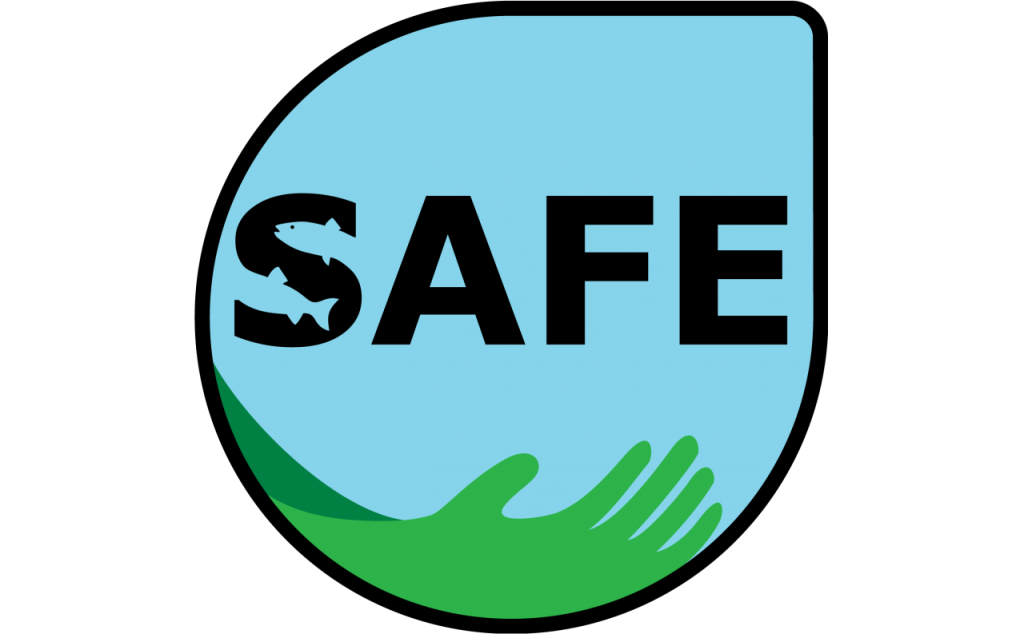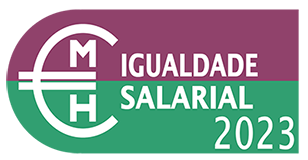

Researcher
PhD in Atmospheric and Climate Sciences from Columbia University’s Lamont-Doherty Earth Obseratory (USA). Postdoctoral researcher at IGE, France, and KU Leuven, Belgium (2008-2015). During 2016-2022, assistant researcher at CESAM/University Aveiro, Portugal. Since 2022, senior researcher at CIIMAR (Porto). Her work focuses on Polar meteorology and climate, water cycle, extreme weather events, atmosphere-ocean-cryosphere interactions, combining observations and regional climate modelling. Participated in expeditions in the Arctic Ocean, Antarctica and Southern Ocean. Currently leading projects on the polar climate and water cycle with a wide international collaboration. A lead author in the Intergovernmental Panel on Climate Change 6th Assessment Report.








